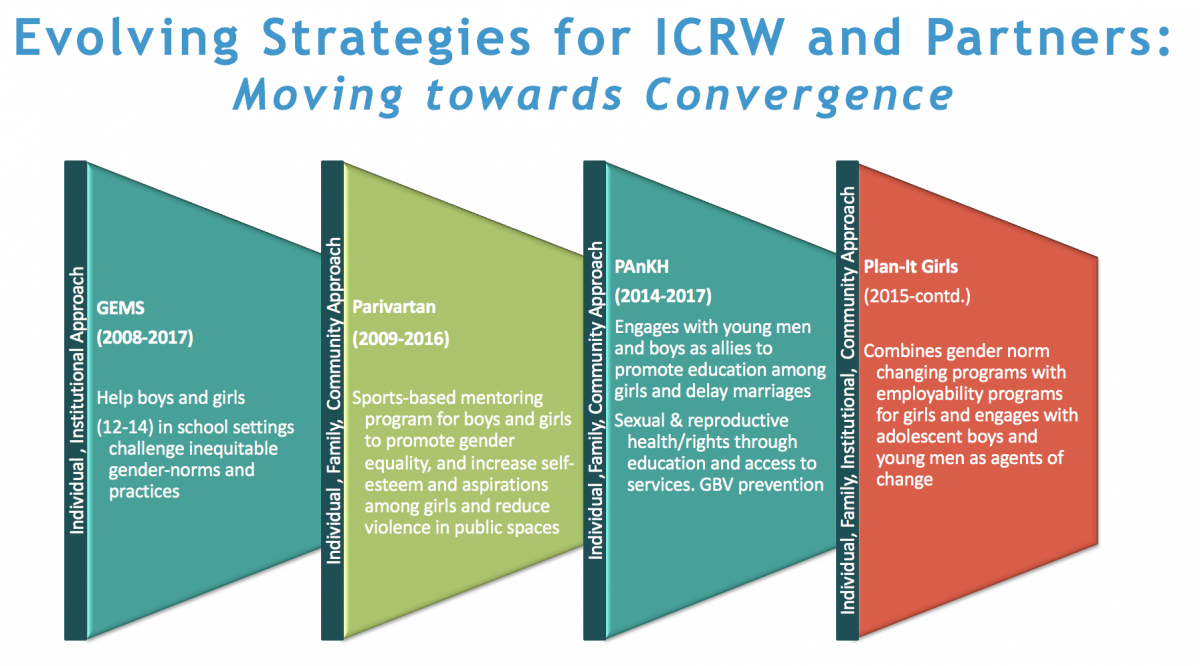Some harmful practices are sustained by social norms—collective beliefs about what people expect from each other. Practitioners and researchers alike have been investigating the potential of social norms theory to inform the design of effective interventions addressing these practices in low- and middle-income countries.
Evidence brief: The EMPOWER study: An evaluation of a combination HIV prevention intervention including oral PrEP for adolescent girls and young women in South Africa and Tanzania
This evidence brief provides a summary and presents the key findings from the EMPOWER Study, conducted in Johannesburg, South Africa, and Mwanza, Tanzania. The study asked:
Is it feasible, acceptable and safe to integrate responses to gender-based violence and harmful norms into an HIV prevention programme offering pre-exposure prophylaxis (PrEP) for adolescent girls and young women (AGYW) aged 16-24 years?
Prevalence and correlates of psychological distress among 13–14 year old adolescent girls in North Karnataka, South India: a cross-sectional study
Mental health disorders among adolescents have emerged as a major public health issue in many low and middle-income countries, including India. There is a paucity of research on the determinants of psychological distress, particularly among the poorest girls in the poorest communities.
This paper, from the Samata intervention, assesses the prevalence and correlates of different indicators of psychological distress among 13–14 year old low caste girls in rural, south India.
Eight common pitfalls of social norms interventions: theory in assistance of better practice - Ben Cislaghi
Despite the fascination with social norms theory to improve health outcomes, the ability to use social norm theory to inform health interventions varies widely. In this Learning Lab Ben Cislaghi presents eight pitfalls that practitioners must avoid as they plan to integrate a social norms perspective in their interventions, as well as eight learnings. These learnings are:
Men’s perspectives on the impact of female-directed cash transfers on gender relations: Findings from the HPTN 068 qualitative study
HIV is an inherently gendered disease in eastern and southern Africa, not only because more women than men are infected, but also because socially constructed gender norms work to increase women’s HIV-infection risk.
Contesting restrictive mobility norms among female mentors implementing a sports based programme for young girls in a Mumbai slum
Harmful gender norms are known structural barriers to many public health and development interventions involving adolescent girls. In India, restrictions on girls’ liberty to move freely in public spaces contribute to school dropout and early marriage, and negatively affect girls’ health and wellbeing, from adolescence into adulthood. This paper reports on mechanisms of change among female mentors 18 to 24 years old who contested discriminatory norms while implementing a sports-based programme for adolescent girls in a Mumbai slum.
Practice-based insights in developing and implementing a sport-based programme for girls
Parivartan Plus is a structured sports mentoring programme for girls, implemented in a Mumbai slum where social expectations around gender-appropriate behaviour and good parenting restricts girls’ mobility and visibility in public spaces. This article presents practice-based learning from developing and implementing programme theory to empower girls in achieving changes in their everyday social interactions at home and beyond.
CHARISMA: 'To empower women to be safe while using the vaginal ring'
The charisma intervention pilot integrated delivery of HIV prevention with relationship skills building and intimate partner violence (IPV) counseling for women at the Wits Reproductive Health and HIV Institute (Wits RHI) in Johannesburg, South Africa. Beginning in June 2016, CHARISMA lay counselors conducted relationship assessments with women using the vaginal dapivirine ring for HIV prevention in the MTN-025 (HOPE) study.
Gender norms and poverty versus educational and individual resilience: What is the contribution of Samata?
This Learning Lab presents the qualitative study findings from the Samatacluster randomised-control trial in rural south India. Samata’s aim was to reduce secondary school drop-out and child marriage among marginalised adolescent girls.
Agency, visibility and voice: Gender equality with young women and men
This presentation was originally given by Ravi Verma, International Center for Research on Women, at the AIDS2018 conference. It provides an overview of the different programmes implemented by ICRW to change attitudes towards gender norms in India including Parivartan.




